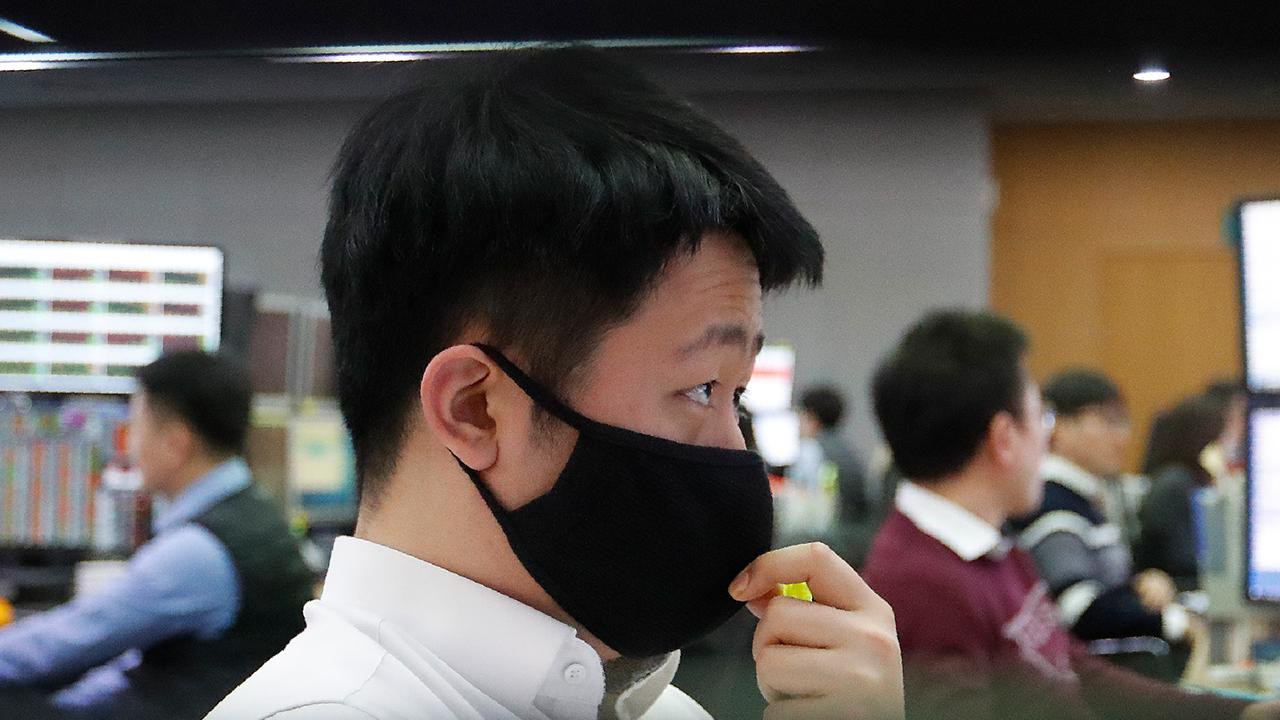Stock market to get 'even more treacherous': El-Erian
The S&P 500 plunged 9.5 percent Thursday, its steepest one-day decline since the 1987 crash
U.S. equity markets are pointing to a sharp rebound Friday, a day after an avalanche of selling plunged stocks into their steepest single-day decline since the Black Monday crash of 1987.
The benchmark S&P 500 was pointing to a 5 percent gain ahead of the opening bell and was on track to win back some of its 9.5 percent plunge on Thursday. But that doesn’t mean investors are out of the woods just yet, after having endured a 26.7 percent drop from the Feb. 19 peak.
GOLD DROPS BUT STILL HAS LUSTER LONG TERM
“I wish I could tell you that I see calmer waters in front of us, but I do not,” Mohamed El-Erian, chief economic adviser at Allianz Global Investors, told FOX Business’ Liz Claman after Thursday’s closing bell. “Waters are going to get even choppier."
The turmoil will be driven by the sudden economic disruption from the coronavirus as well as transactions forced by market conditions that haven't been completed yet.
“You have a lot of trapped longs," El-Erian said. "You have a lot of redemptions going on from ETFs and going on from mutual funds. So I'm afraid it's going to get even more treacherous in the next few days and weeks.”
Stock-market bottoms do not happen overnight.
The S&P 500 took 101 trading days to bottom after former President George W. Bush signed the Troubled Asset Relief Program on Oct. 3, 2008, during the depths of the global financial crisis. Along the way, the index staged several double-digit percentage rallies and declines before ultimately putting in a bottom on March 9, 2009, and starting the longest bull market in history.
CLICK HERE TO READ MORE ON FOX BUSINESS
“This road can be very short if we find a way quickly of containing the virus and of increasing immunity,” El-Erian said. “A vaccine would do it. I don't think, unfortunately, that's going to happen in the next few weeks, so I think we are going to see further economic, financial and technical pressures on markets.”




















